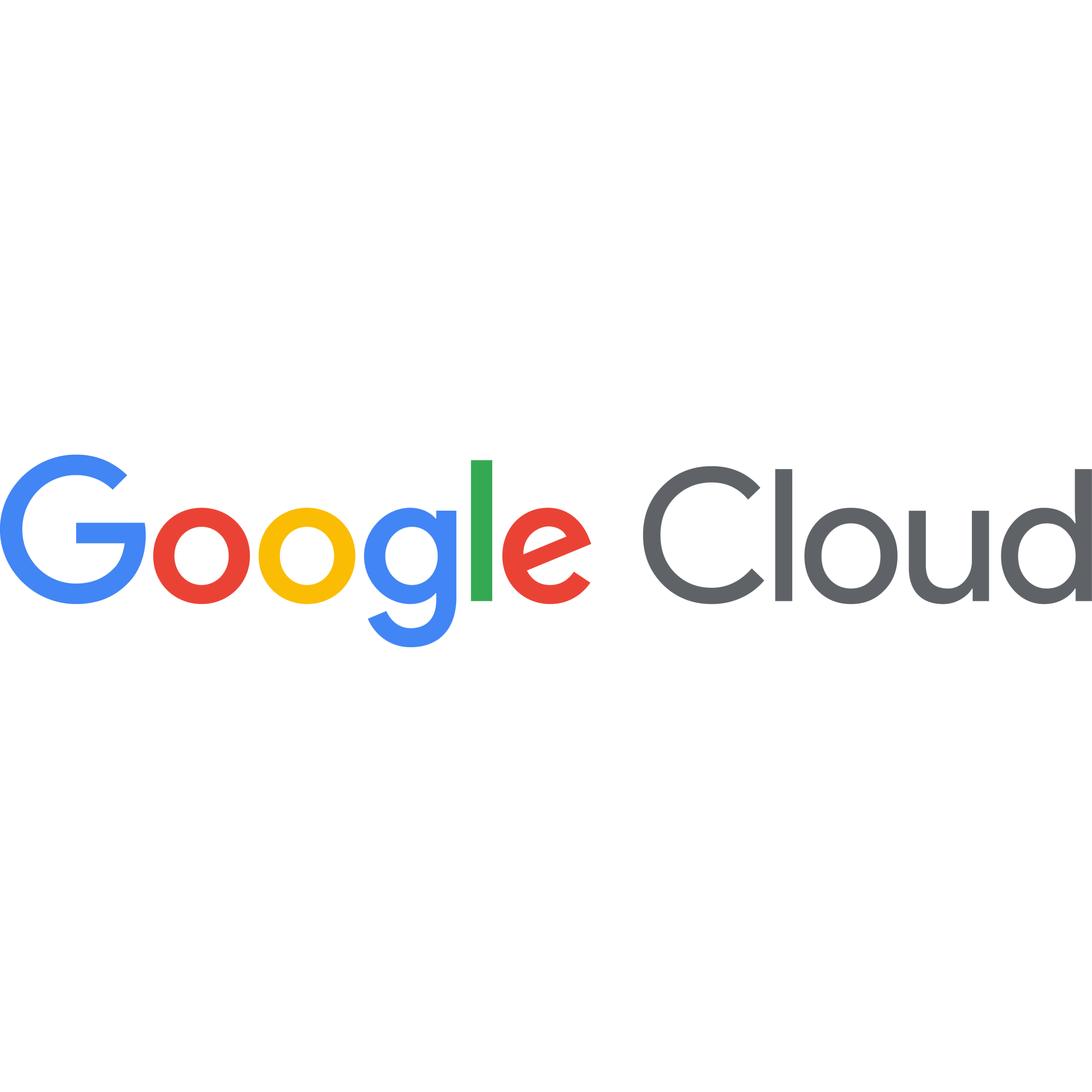
Offering a fascinating look into future growth trends in the Cloud Wars, the latest backlog and RPO numbers from the four hyperscalers reveal that Oracle’s RPO growth is 63%, Microsoft’s is 34%, and AWS’s is 20%.
So while Microsoft is clearly the undisputed current Big Dog in the cloud, Oracle’s hypergrowth in cloud infrastructure is a clear indication of future upheaval in the balance of power in the Cloud Wars. And yes, Microsoft’s current cloud business dwarfs Oracle’s — but as I’ll lay out below with some revenue figures, the future growth trends as reflected in the companies’ respective RPO figures look awfully good for Oracle.
Let me offer some quick perspectives on why these figures are so vital as powerful indicators of future customer demand and the relative preferences customers are showing via these forward-looking deals:
- RPO, or remaining performance obligation, represents contracted business that has not yet been recognized as revenue. So RPO is the formal portion of “pipeline,” specifying future business codified with contracts but not yet chronologically eligible to be classified as “revenue.”
- “Backlog” is a very similar term that some companies — including Amazon and Google Cloud — choose to use rather than RPO.
- Speaking of Google Cloud: while its backlog total is disclosed in the 10-Q form from Alphabet, the parent company did not release a growth number so I can’t include Google Cloud in this comparison of RPO/backlog growth rates.

AI Agent & Copilot Summit is an AI-first event to define opportunities, impact, and outcomes with Microsoft Copilot and agents. Building on its 2025 success, the 2026 event takes place March 17-19 in San Diego. Get more details.
Which Companies Are Winning Outside Portions of Future Business?
There is zero question that Microsoft is by far the world’s largest cloud and AI provider, with fiscal-Q3 revenue of $42.4 billion for the three months ended March 31. That is more than the combined revenues of AWS ($29.3 billion) and Google Cloud ($12.3 billion) for the same period, and almost 7X Oracle’s cloud revenue ($6.2 billion) for the quarter ended Feb. 28.
But what intrigues me about the RPO and backlog numbers is that they reflect quite clearly the momentum and customer wins of the near future, rather than the, if I may say so, mass of the past.
For example, while Microsoft cloud revenue is currently 7X bigger than Oracle’s let’s look at the future figures as reflected in the RPO for each company:
- Microsoft up 34% to $315 billion
- Oracle up 63% to $130 billion
When we view these forward-looking growth trends, we find that the outlandish 7X multiple Microsoft holds over Oracle for current cloud business tumbles to 2.4X for RPO. On top of that, Oracle’s RPO growth rate — and yes, there’s no question that Oracle’s building off a smaller base than Microsoft — of 63% is almost double Microsoft’s 34%.
So, as long as Oracle can sustain an RPO growth rate considerably higher than that of Microsoft, it will continue to close the gap as Oracle wins increasingly larger percentages of future business.
Let me layer in one more set of numbers on this compelling subject: RPO and backlog revenue totals. Here’s the whole set, starting with the biggest:
- Microsoft RPO up 34% to $315 billion
- AWS backlog up 20% to $189 billion
- Oracle RPO up 63% to $130 billion
- Google Cloud backlog of about $90 billion (no growth rate available)
Here again, the numbers show that fast-growing Oracle is gouging into the big lead currently held by a much larger rival. AWS’s Q1 cloud revenue of $29.3 is almost 5X larger than Oracle’s latest quarterly cloud revenue of $6.2 billion. But, when we look at future business not yet recognized as revenue, the comparable figures of $189 billion for AWS and $130 billion for Oracle show that AWS’s lead is sharply reduced from 5X (400%) to 50%.
Final Thought
My brother the professor told me long ago that “if you torture the data long enough, it will tell you anything you want to hear.” Perhaps I’m doing that with these RPO and backlog numbers, but I don’t think so — however, I’ll be happy to be proven wrong (well, maybe not “happy,” but certainly I’ll be willing to admit it) if anyone wants to share a more-accurate analysis.
And, my point in this analysis, my beloved audience, is to reinforce the notion that success in the Cloud Wars is always temporary and must be earned over and over and over because the relentless innovation from those 10 world-shaping competitors is only going to intensify in the years to come.
So bank on it, my friends: in the Cloud Wars, the biggest winners are always — always! — the customers.
So dream big!
Ask Cloud Wars AI Agent about this analysis













